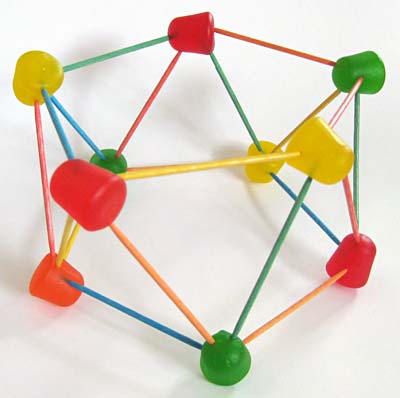The main difference between STEAM and STEM (science, technology, engineering, and math) is the art aspect of the activity. STEM lessons naturally include art because the students are expressing themselves through how the portray their solutions to the problems presented to them through STEAM. In my opinion, engineers are artists because they are using their abilities to create works just as artists do.
Students are inherently curious. They have many wonders and each see the world in their own unique way. I feel that it is crucial to provide numerous opportunities for them to develop their problem solving skills through STEAM activities. I have led many STEAM activities throughout my academic journey at Jacksonville State, and I can attest to the fact that students absolutely love being able to imagine, create, and test their inventions in order to solve real world problems.
One activity that I implemented in a fourth grade practicum setting was about how we could invent and engineer structures that could withstand the elements of a tornado. After narrowly surviving a tornado, this subject is very close to my heart. We used gumdrops and toothpicks to engineer structures such as the one below to see if they could withstand the elements of a tornado. I feel that providing tasks such as this to students could benefit the future of the world because they are the ones who will go on to find solutions and cures. Why not teach them to become problem solvers at an early age?

The following video provides information on what STEAM is and why it is important to implement in todays classrooms.

No comments:
Post a Comment